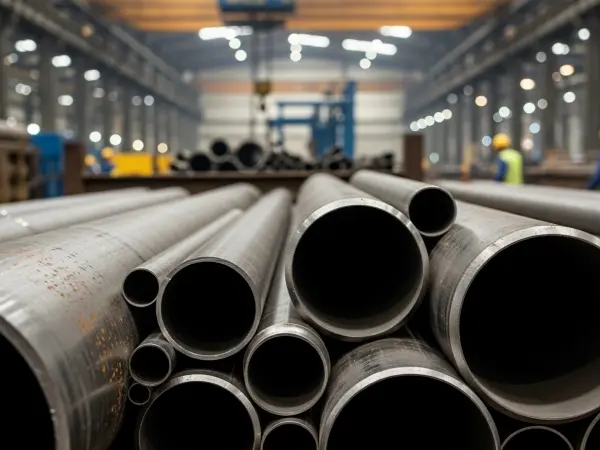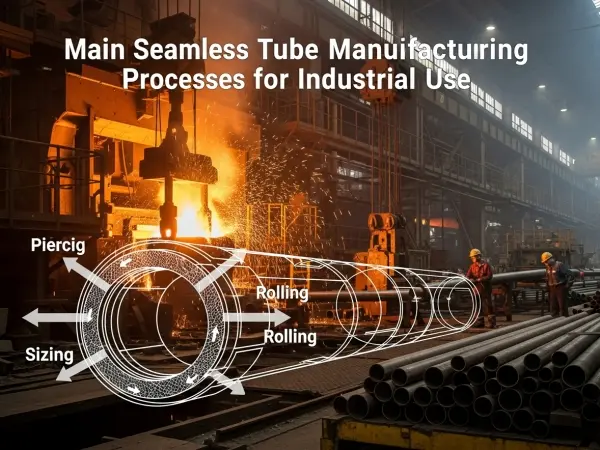
1.4922 seamless pipes are widely used in industries requiring high-temperature and corrosion-resistant materials, such as oil & gas, chemical processing, and power plants. But how are these durable pipes manufactured? This article explores the step-by-step production process of 1.4922 seamless pipes, explaining key techniques like hot extrusion, cold drawing, and heat treatment.
The manufacturing of 1.4922 seamless pipes begins with high-quality stainless steel billets. The alloy composition (typically Fe-Cr-Ni with added Mo and Ti) ensures excellent oxidation resistance and mechanical strength at elevated temperatures.
Key properties of 1.4922 seamless pipe material:
· High chromium (Cr) content for corrosion resistance
· Nickel (Ni) and molybdenum (Mo) for enhanced durability
· Titanium (Ti) stabilization to prevent carbide precipitation
Since seamless pipes have no welded joints, they are formed through hot extrusion:
1. Heating: The steel billet is heated to ~1200°C for plasticity.
2. Piercing: A mandrel pierces the billet, creating a hollow shell.
3. Elongation: The shell is rolled and stretched into a rough pipe shape.
This method ensures uniform wall thickness, critical for high-pressure applications.
For tighter tolerances and smoother surfaces, 1.4922 seamless pipes undergo cold drawing:
· The hot-extruded pipe is cooled and lubricated.
· It’s pulled through a die to reduce diameter and improve dimensional accuracy.
· Multiple passes may be applied for ultra-thin walls.
Cold-drawn 1.4922 seamless pipes offer superior strength and surface finish.
To optimize mechanical properties:
· Solution Annealing: Heated to 1050–1150°C, then rapidly cooled to dissolve carbides.
· Quenching: Water or air cooling enhances corrosion resistance.
This step ensures the 1.4922 seamless pipe maintains stability under thermal stress.
Before delivery, pipes undergo:
· Straightening: Mechanical or thermal straightening for uniformity.
· Surface Treatment: Pickling (acid cleaning) or polishing for smoothness.
· Testing: Hydrostatic pressure tests, ultrasonic inspection (UT), and chemical analysis.
The production of 1.4922 seamless pipes involves advanced metallurgical processes to ensure durability in extreme conditions. From hot extrusion to precision cold drawing and rigorous quality checks, each step guarantees high performance for industrial applications.
Looking for reliable 1.4922 seamless pipe suppliers? Ensure they follow ASTM/EN standards and provide material certifications for optimal safety and efficiency.


